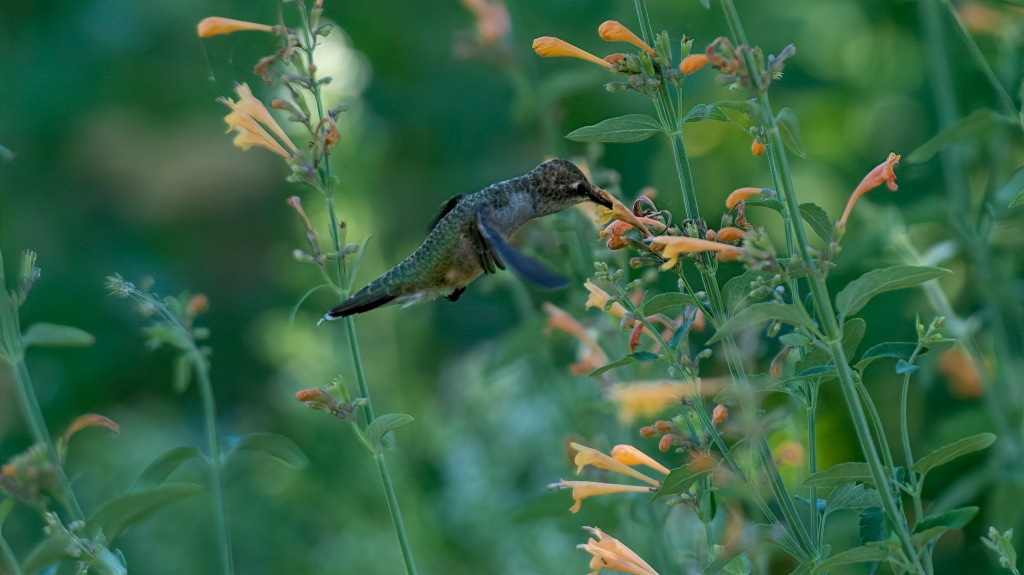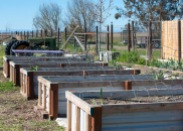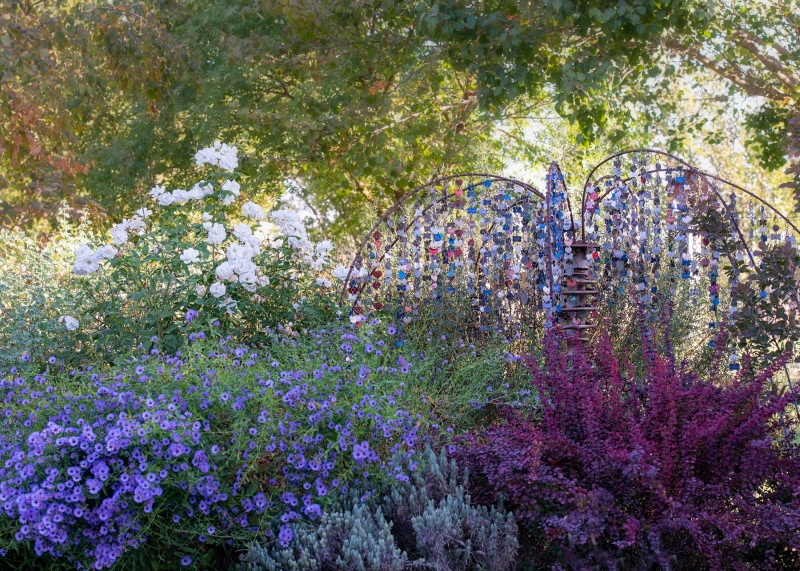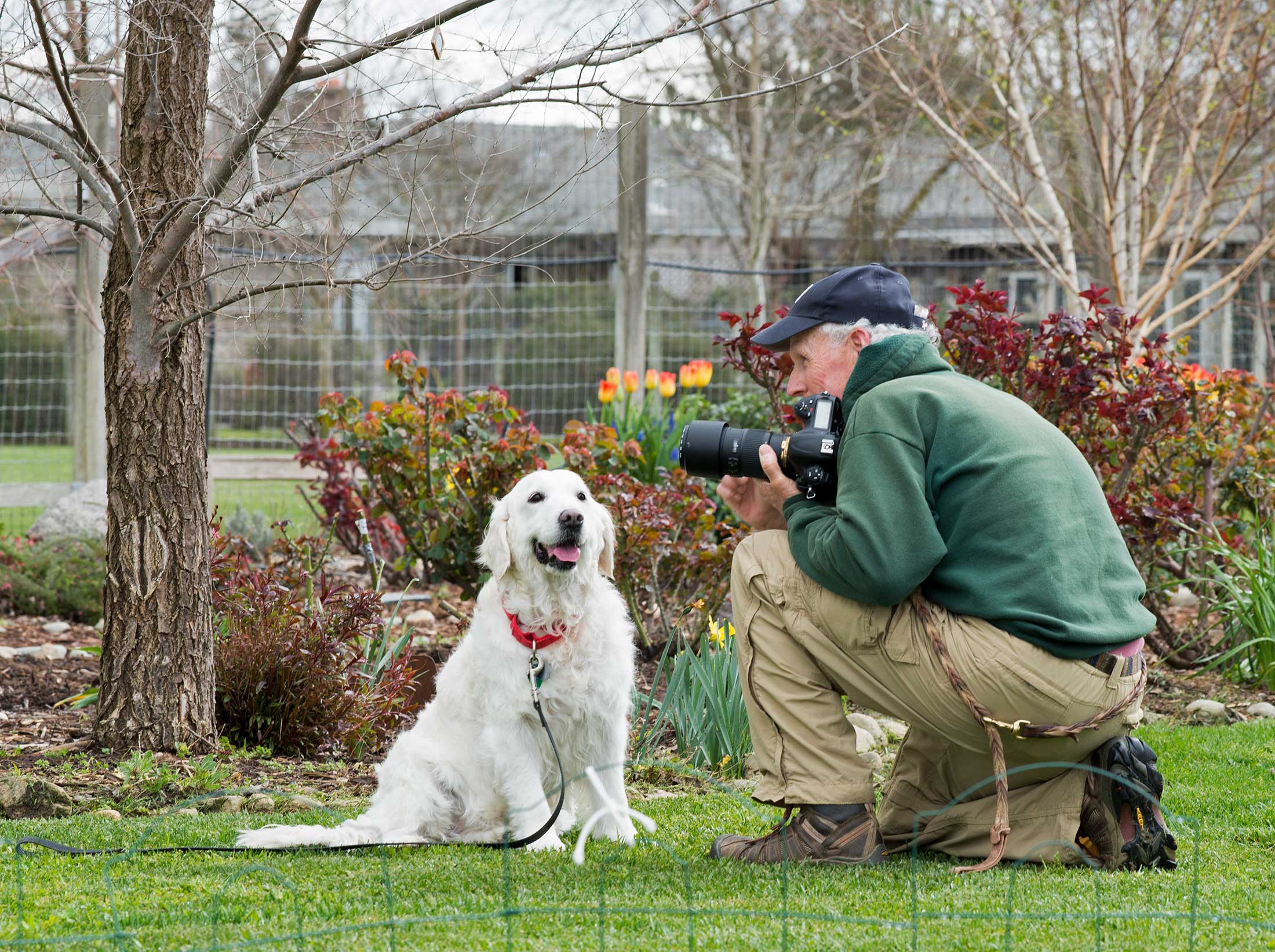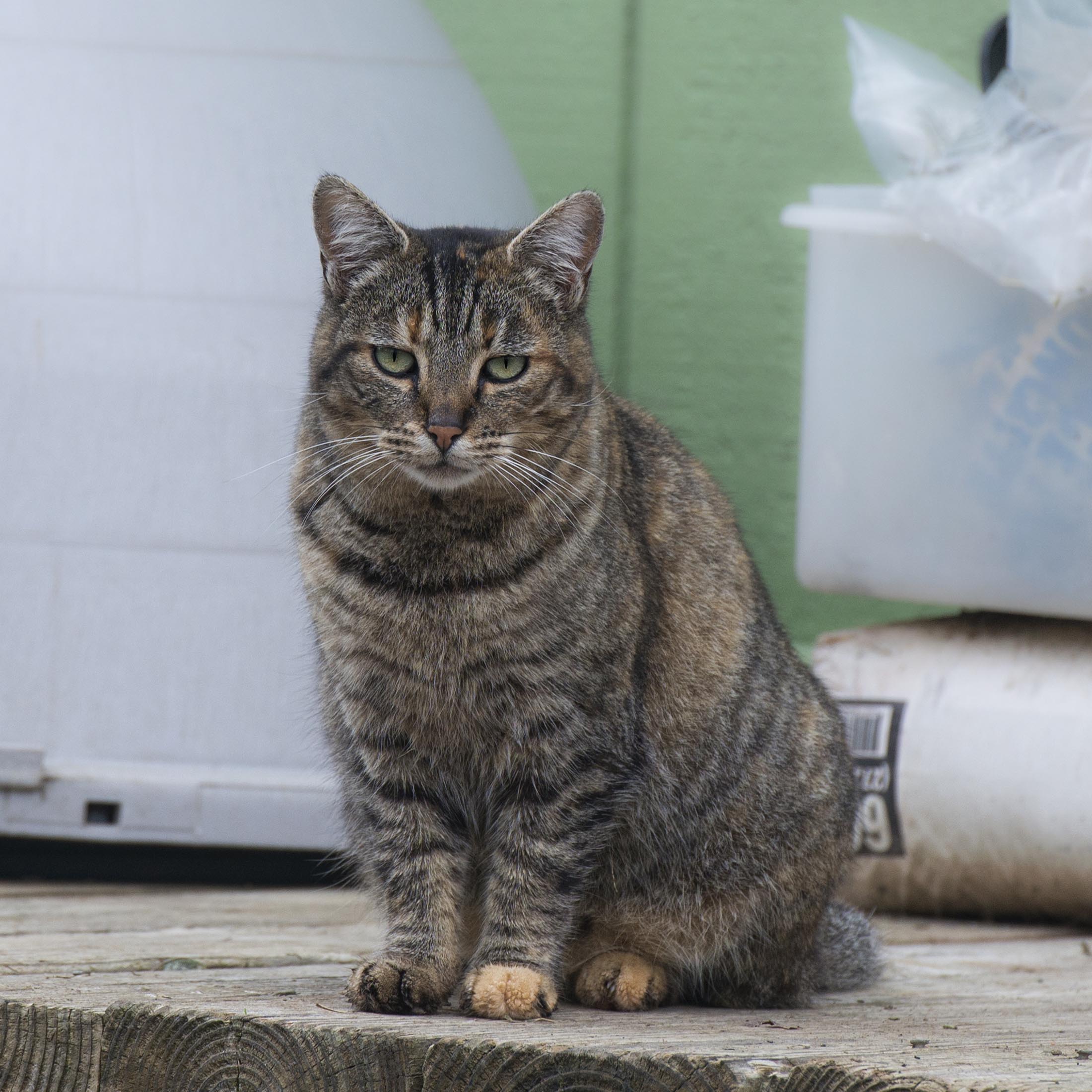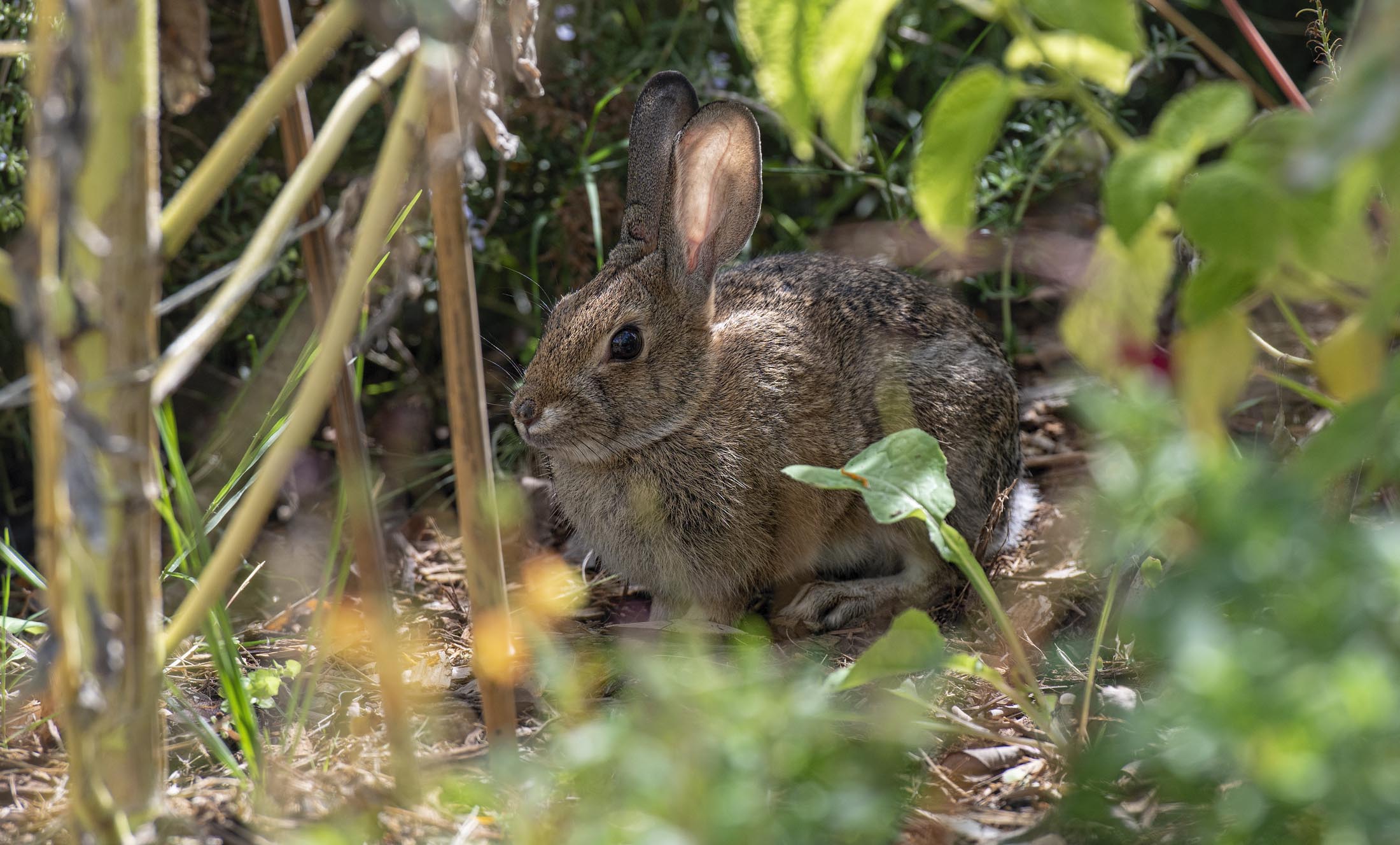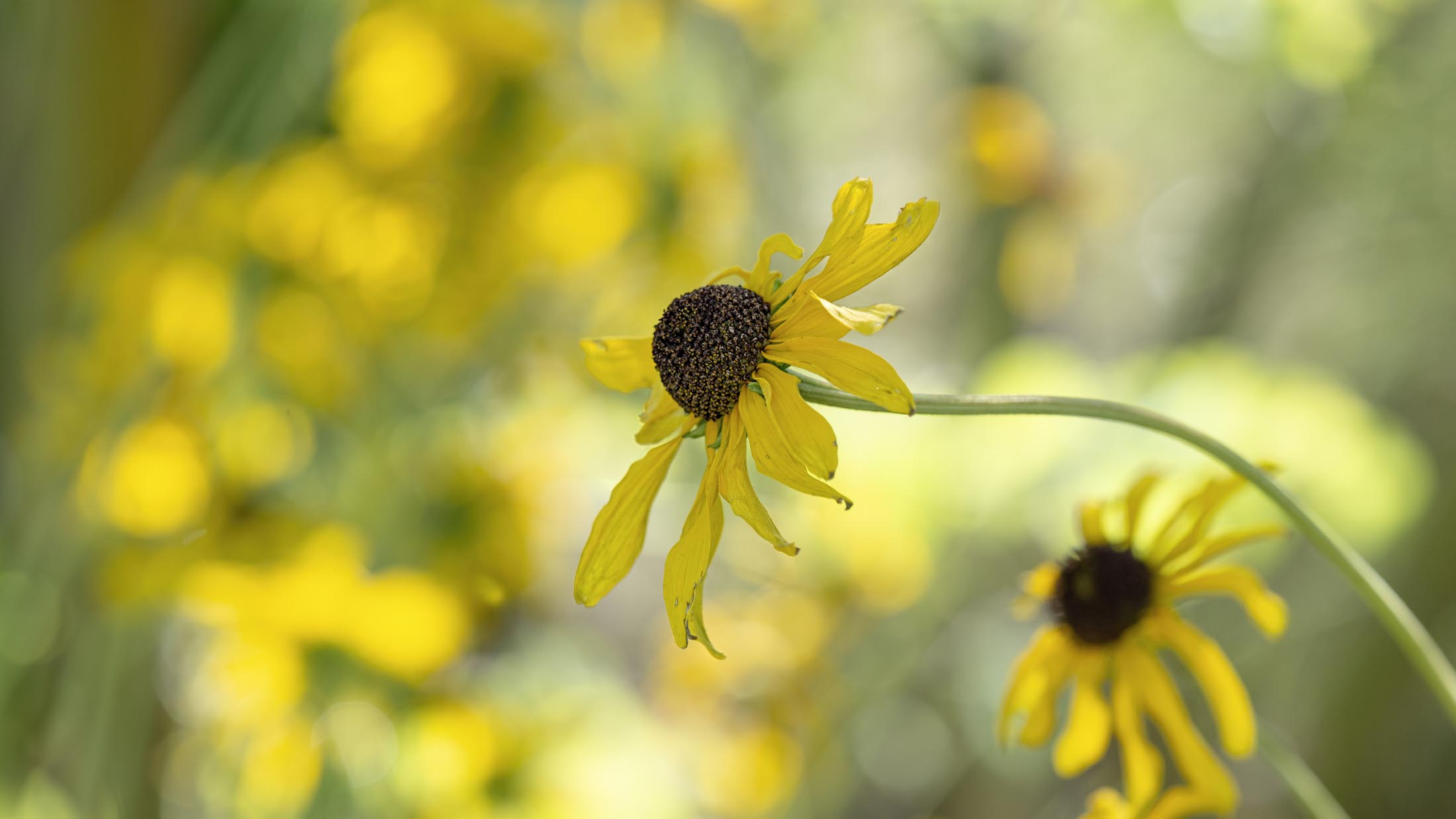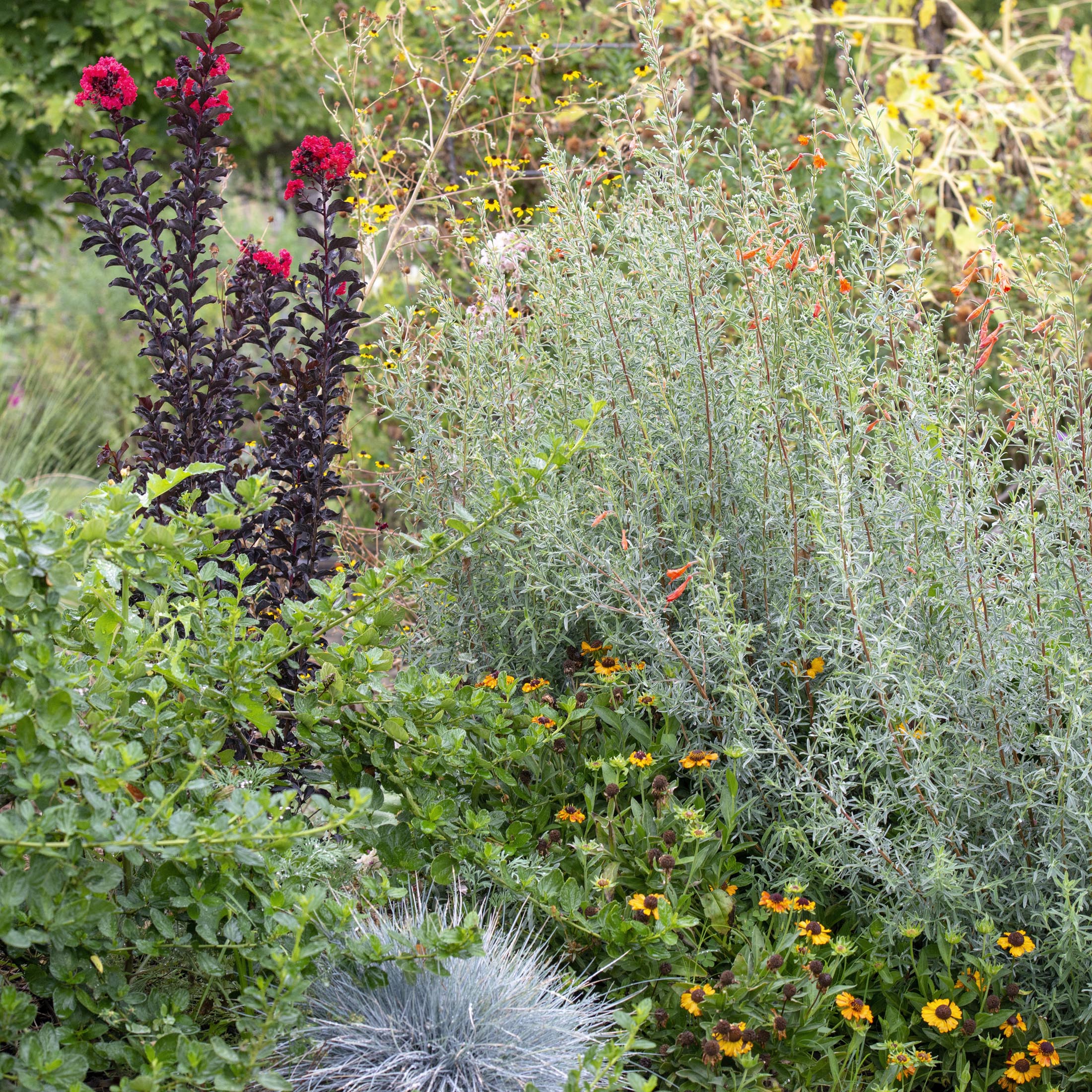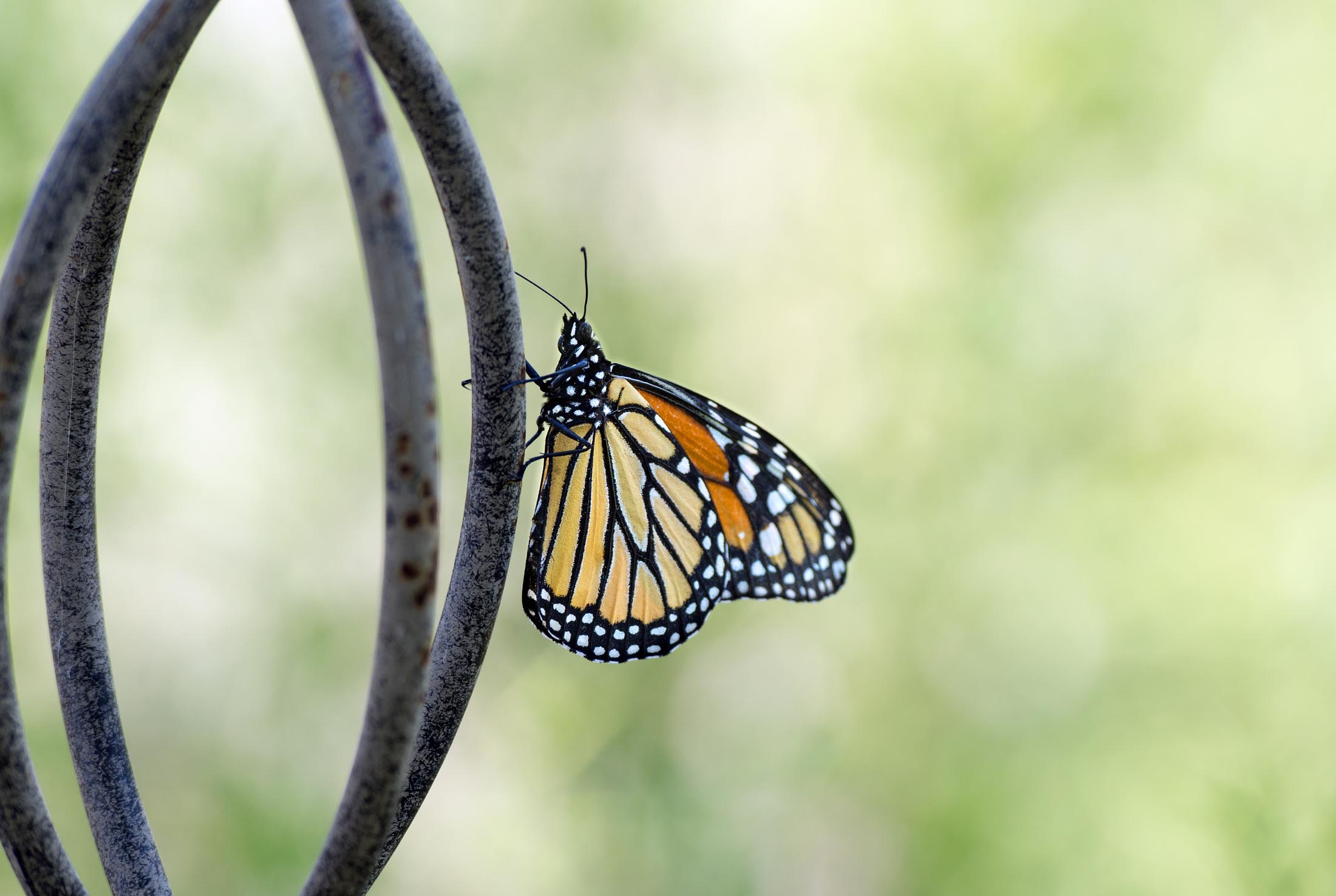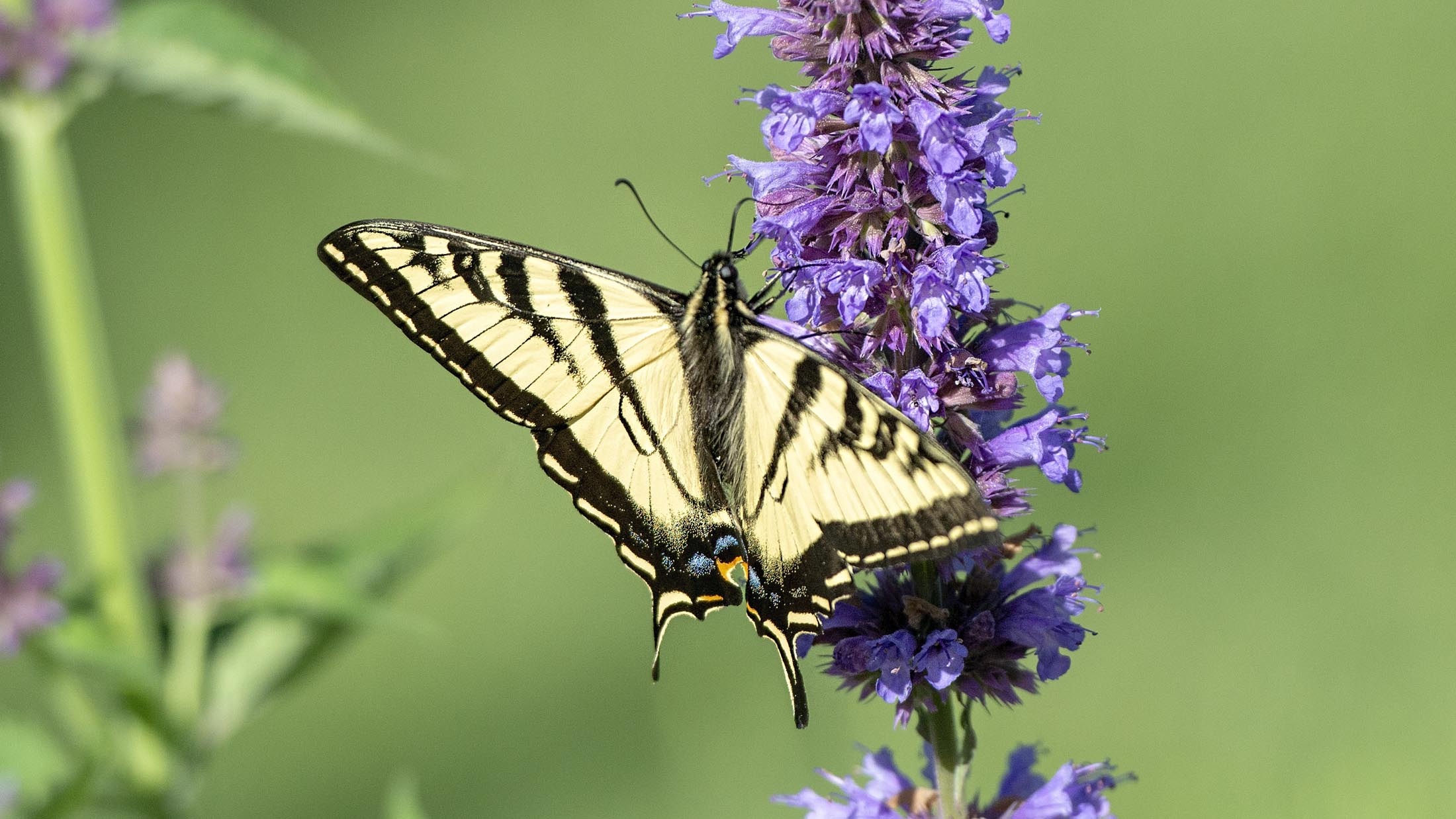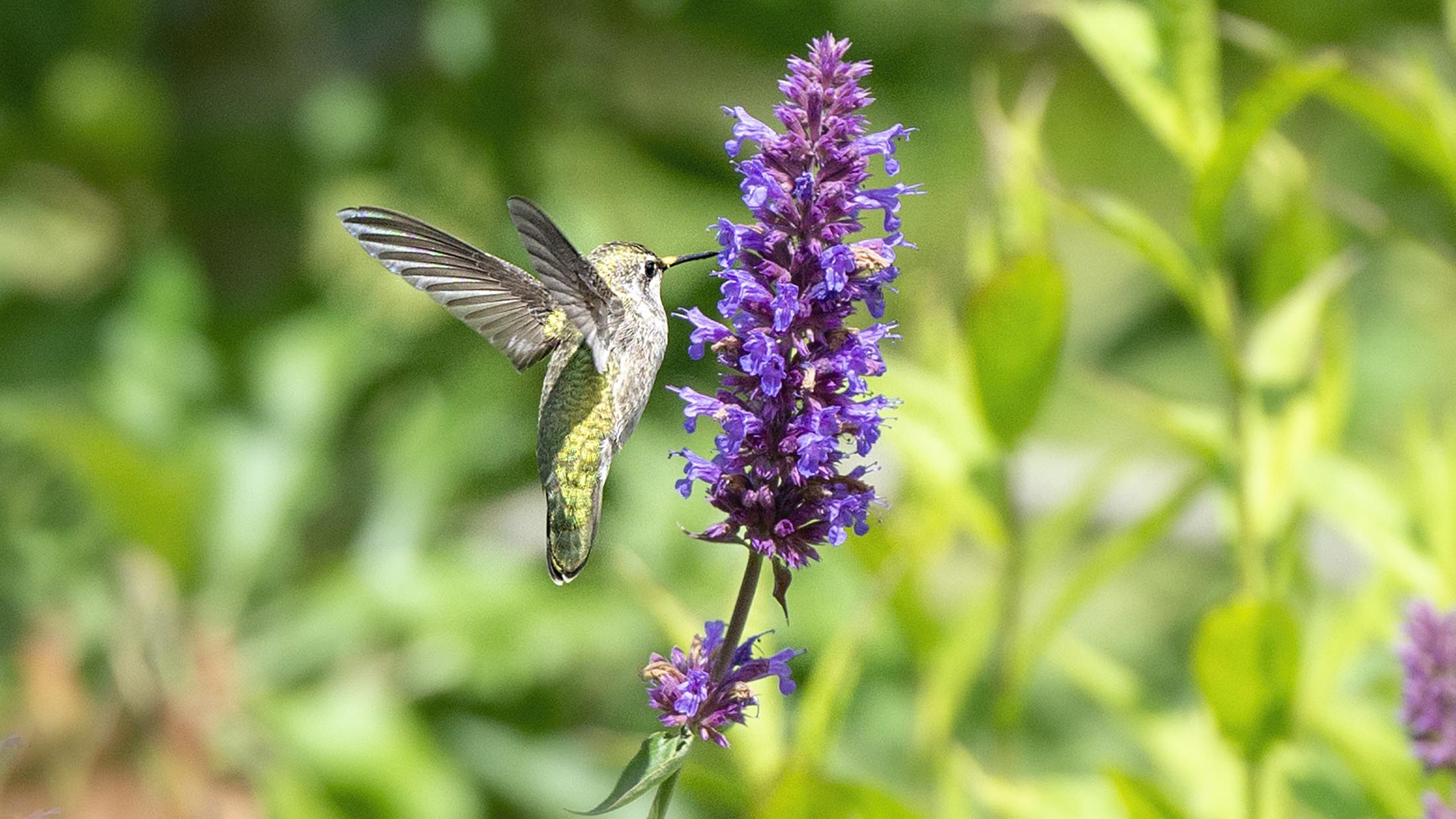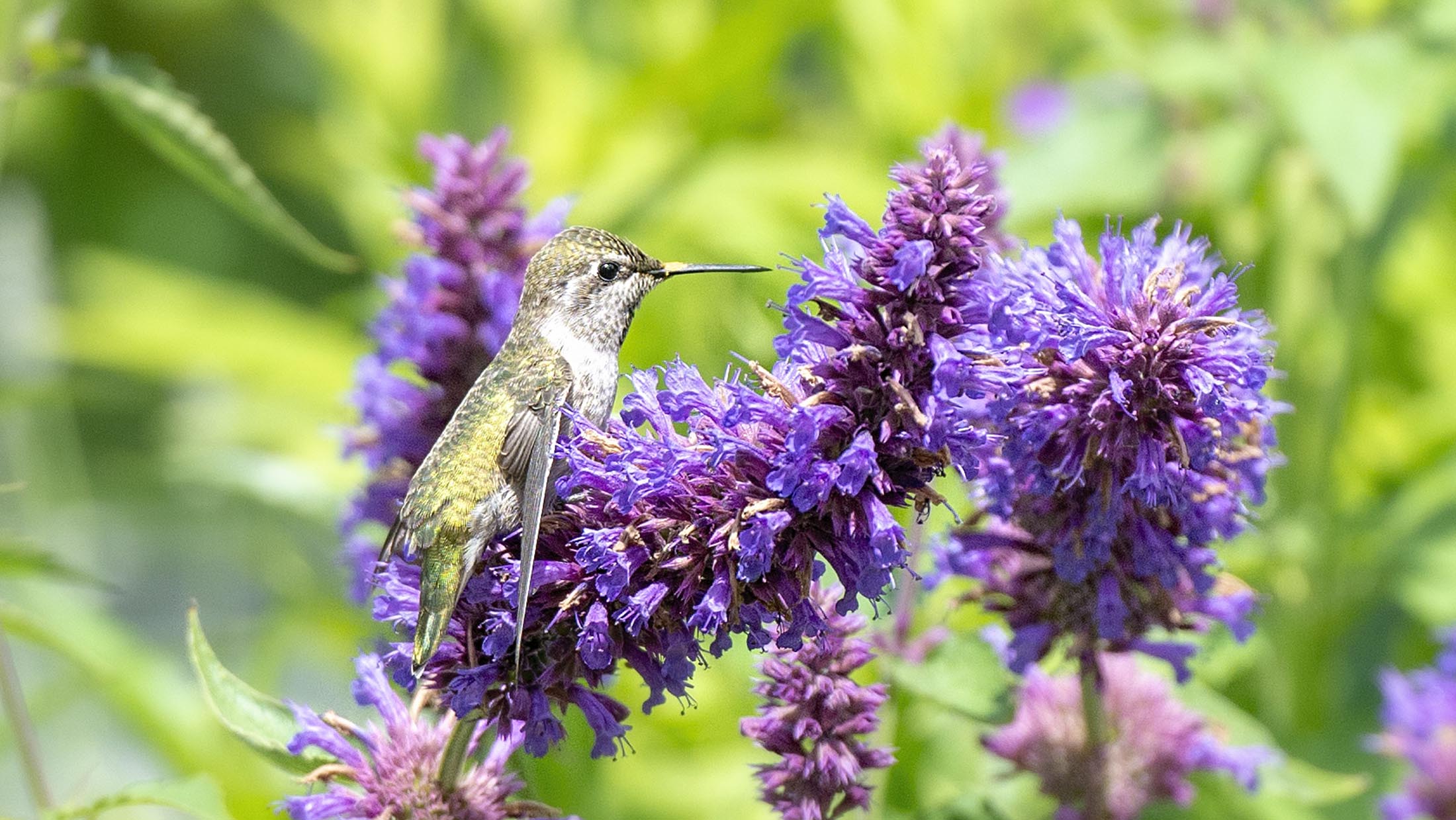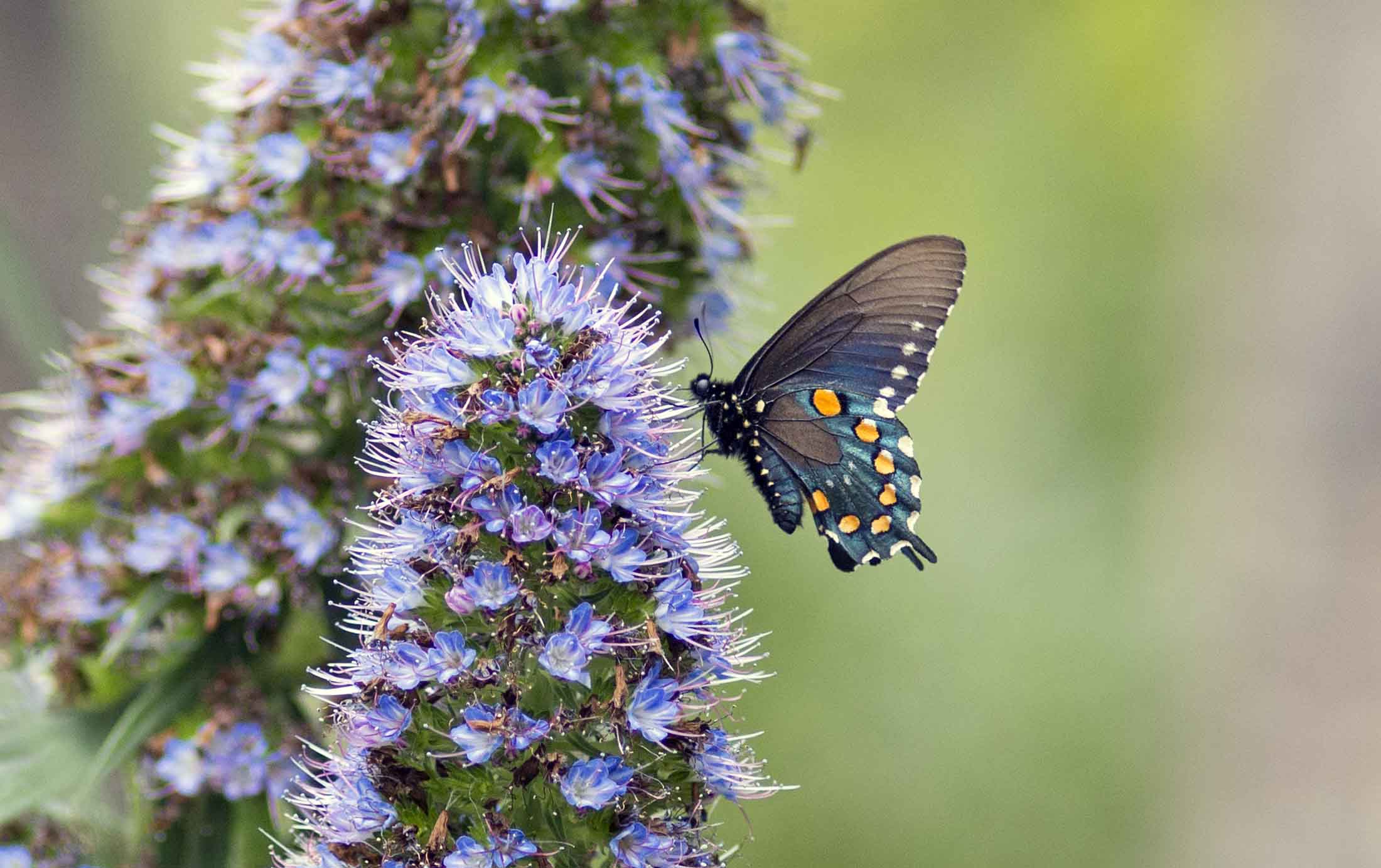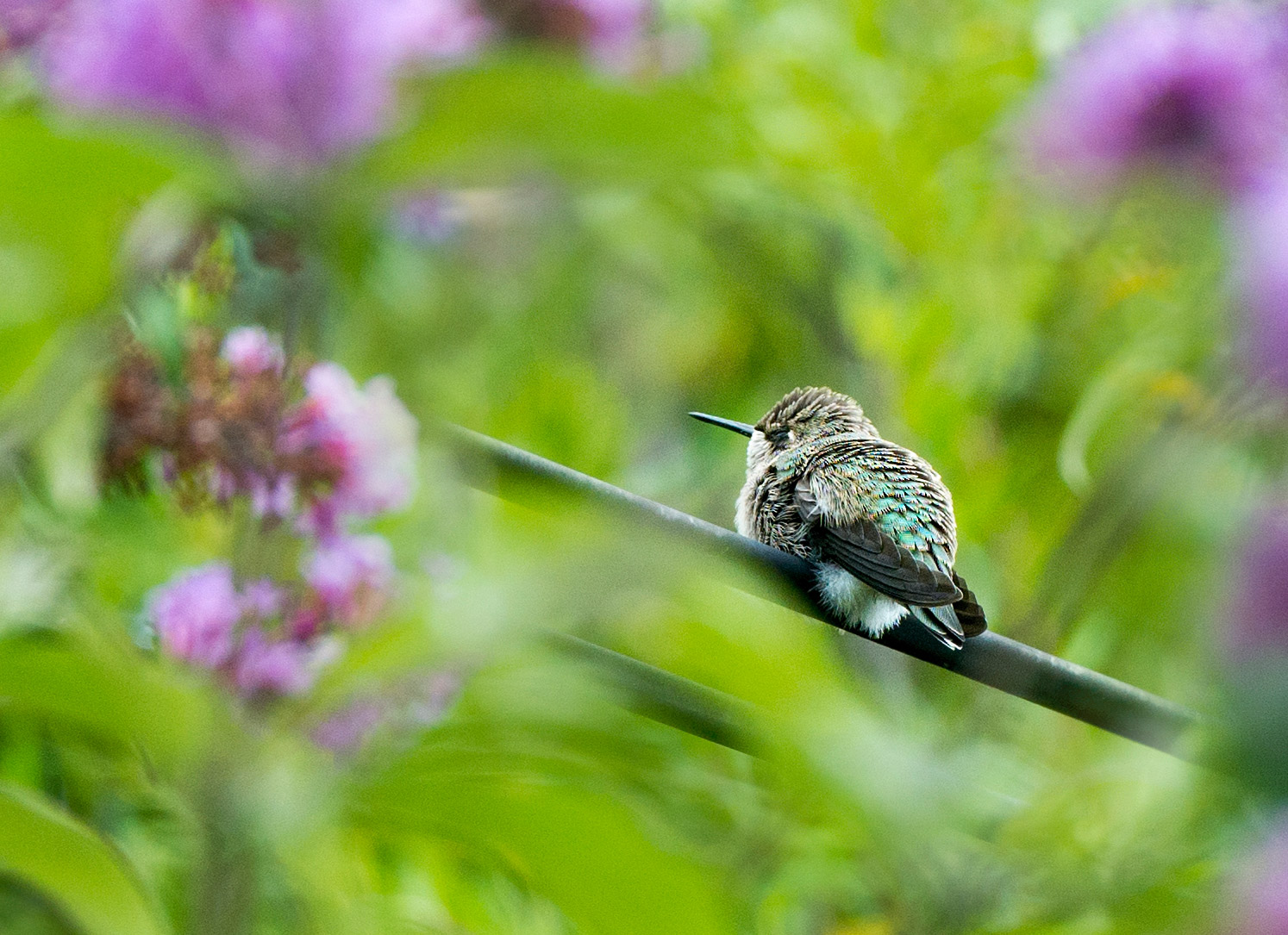When a group of gardeners first answered the call to help create the Homeward Bound Memorial Garden, the design included a dozen or so beds, each devoted to a specific species or type of plant.

There were planned beds for iris, viburnum, daylilies, white roses, ornamental grasses, succulents, perennials, and even a one devoted to container plants. It was a design born of the individual interests of the volunteer gardens who would be dedicating their time but lacked something essential: unity.
The garden got underway based on this design, but as some of the original volunteers fell away, those of us who remained started shaping a different vision.

Through trial and error, we learned what worked best in the clay soil and the Valley’s extremes of heat and cold without a great deal of babysitting as the garden does not have daily keepers.
Native plants began to play a larger role along with drought-tolerant plants suited for our Mediterranean-like climate.


Gradually, divides of successful combinations were repeated throughout the garden giving the disjointed patchwork needed cohesiveness.

The repetition brought order to the chaos of the unconnected beds. Patterns of color, shapes and sizes bridged divides and created balance without the need for unnatural barriers or symmetry.

Now, species are echoed throughout with an overarching theme of greys, silvers, blues, purples, mauves, and white that perfectly support dashes of vibrant seasonal color.

There is also a better sense of scale with plants relating to others around them and the trees and statues that form the garden’s bones.

Foundational plants provide year-round color and texture: artemisia, lamb’s ear, ceanothus, barberry, agastache, lavatera, iris, lavender, Santa Barbara daisy, sage, yarrow, fescue, penstemon, rosemary, and grasses.



Spring bulbs, summer splashes of dahlias, California fuschia, coreopsis, annual and woolly sunflower, and glorious fall displays of aster and Mexican marigold ensure that the garden is interesting all year long.




The result of is a greater sense of harmony: every color in the rainbow is represented at some point in the season, yet the beds flow and fit together, and the whole is strengthened.




What a world this would be if we applied the same principles outside the garden.




